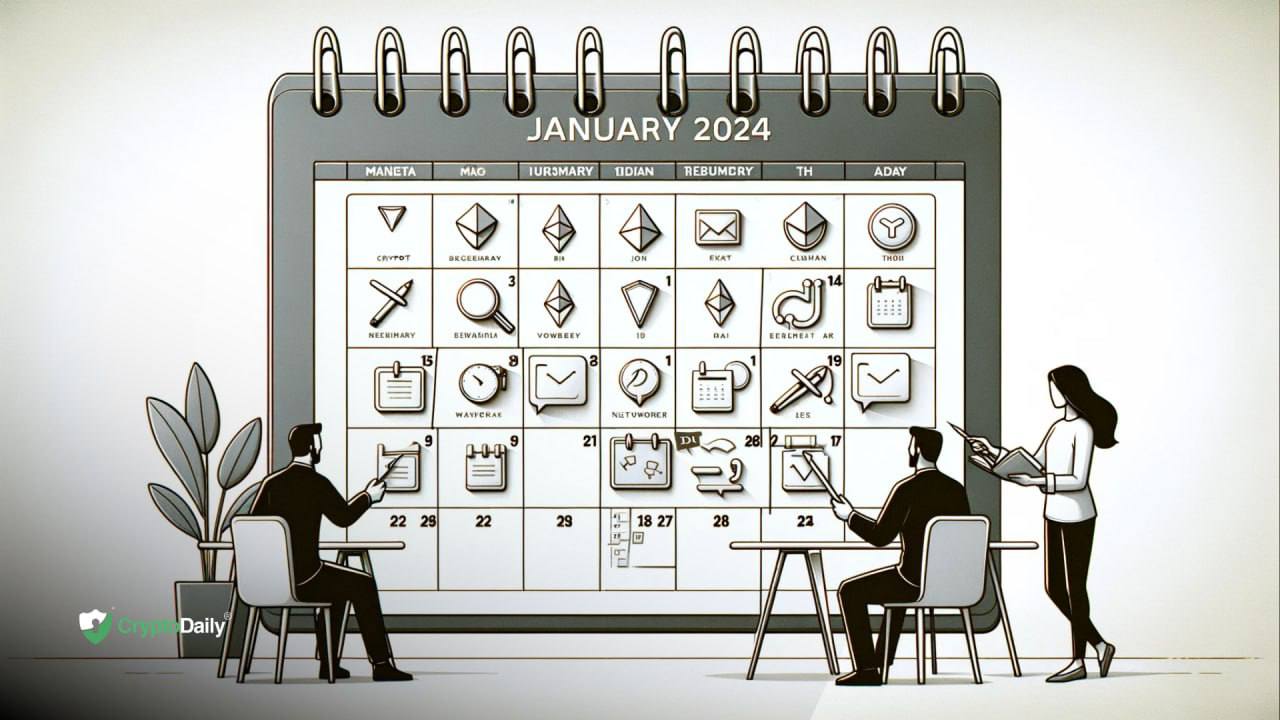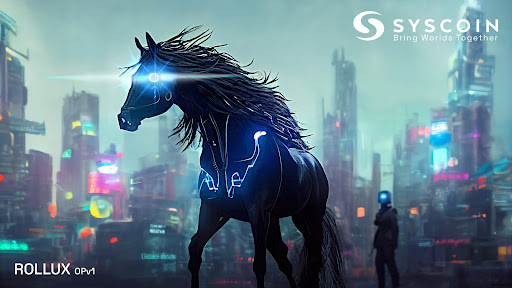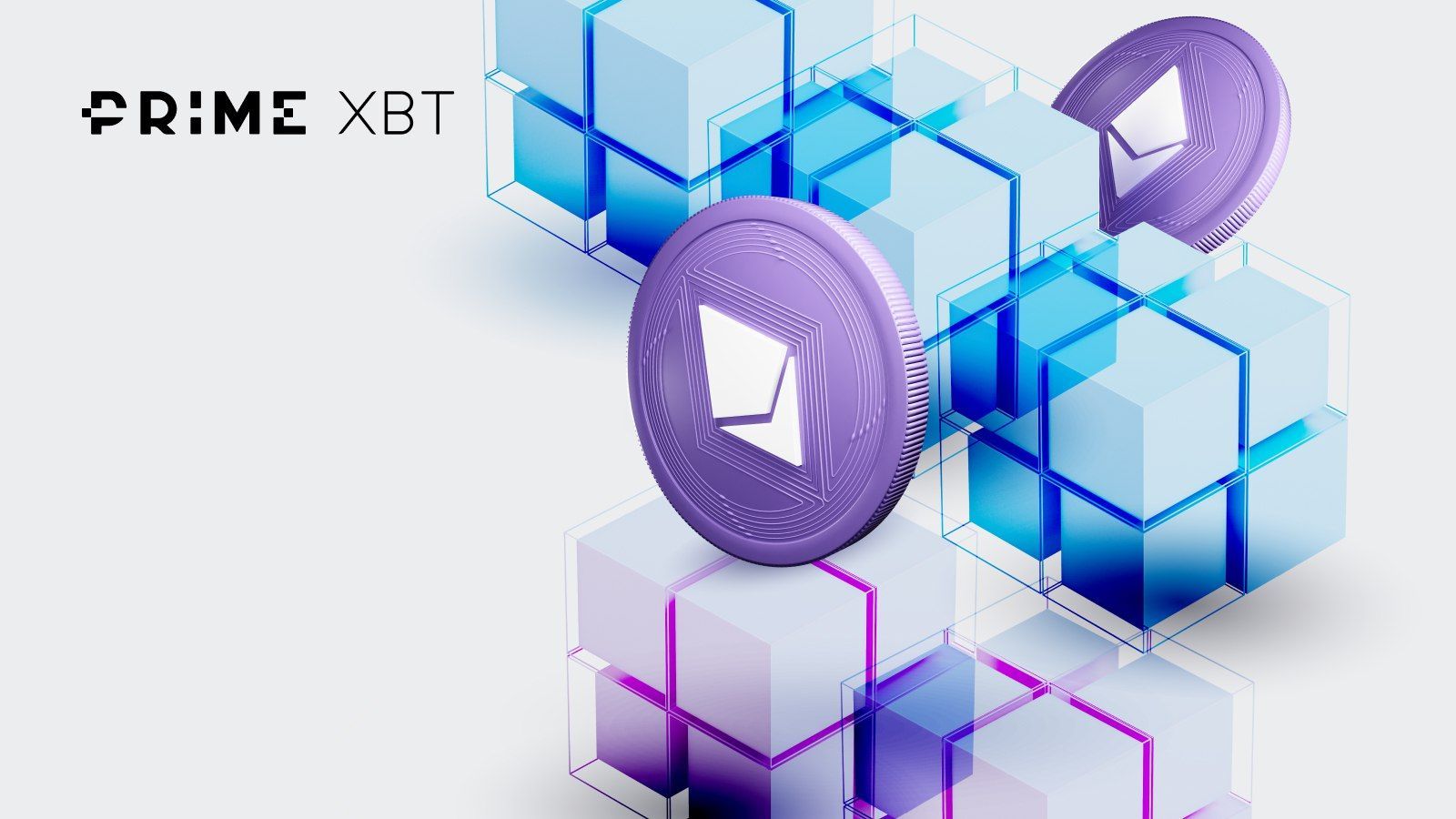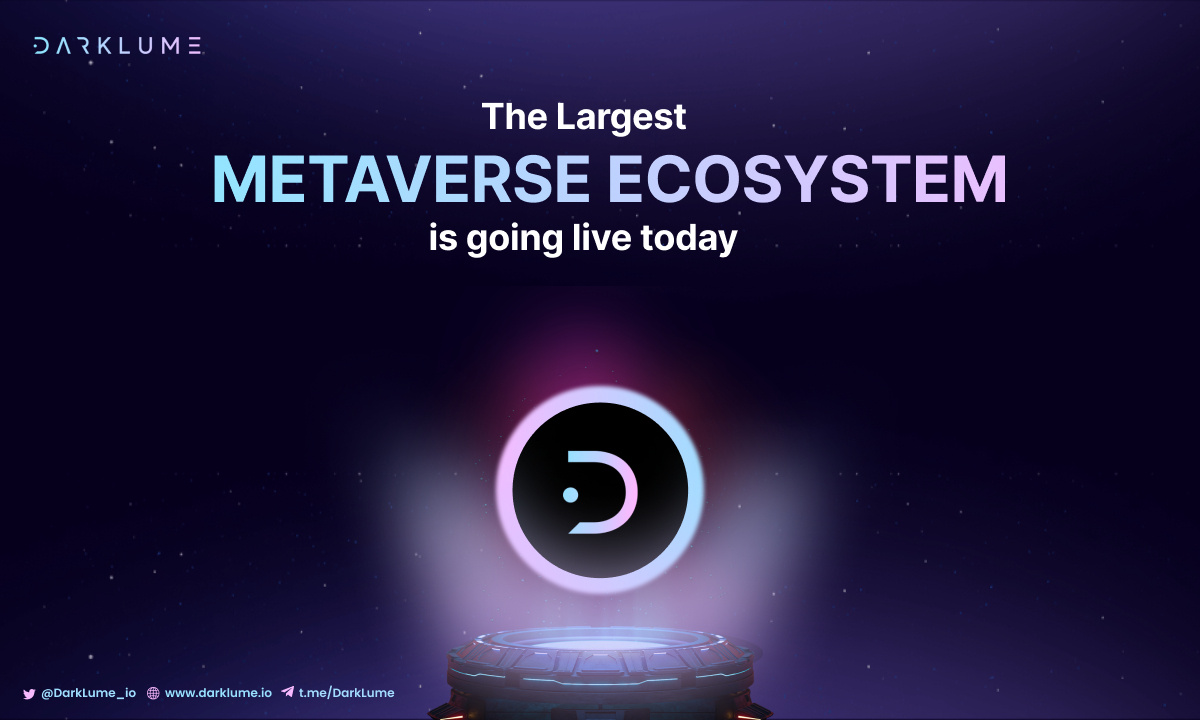Table of Contents
A new protocol within the EOS ecosystem has emerged to enhance the scalability and interoperability of Bitcoin and bridge the gap between the world’s most popular cryptocurrency and the emerging Layer-2 scaling solutions that aim to make it more useful.
The new initiative is calling itself exSat, which positions itself as a kind of Docking Layer for Bitcoin. In a blog post, the team behind exSat explained that it’s composed of various protocols and mechanisms that serve to extend the Bitcoin data consensus layer and enhance its interoperability and scalability while retaining its strong security. It’s uniquely able to facilitate direct queries of BTC and ecosystem token balances to support the seamless flow of assets between Bitcoin’s native chain and various L2s.
Bitcoin’s Scaling Barriers
exSat explains that Bitcoin’s legacy architecture is unable to scale and support smart contracts, leading to a dependency on trusted intermediaries and other off-chain solutions. However, that increases centralization within Bitcoin’s nascent ecosystem, and consequently introduces security risks.
The picture is further complicated by the fragmented nature of Bitcoin’s L2 ecosystem, which encompasses various asset formats. These hinder interoperability and increase liquidity fragmentation, creating problems for native Bitcoin DeFi before it even becomes an established thing.
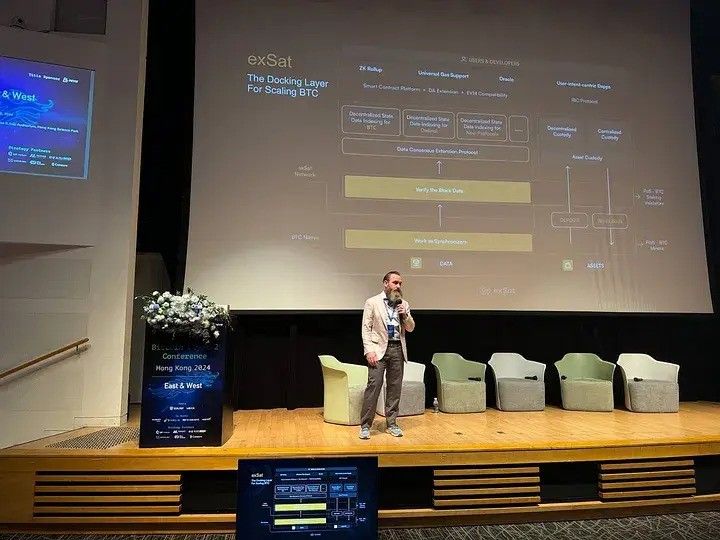
capture under the picture:
Yves La Rose, CEO and Founder of ENF, is presenting exSat at the BTC L2 Conference in Hong Kong
exSat’s Solution
These are the challenges exSat wants to overcome with its novel Docking Layer, which is based on a hybrid Data Consensus Extension Protocol that merges the Proof-of-Work, Proof-of-Stake and Delegated Proof-of-Stake consensus mechanisms.
exSat has designed a system that enables decentralized state data indexing for Bitcoin ordinals and other assets within its ecosystem. It leverages EOS RAM to support high-speed access and low-latency storage. These capabilities, together with its EVM compatibility, enable developers to use exSat to create smart contracts on Bitcoin with low gas fees in order to beef up its scalability and increase the utility of its network.
The system incorporates PoW mining from Bitcoin’s traditional mining network to synchronize block data to exSat, ensuring that Bitcoin’s fundamental security is carried over to exSat’s platform. Adding to the mix, PoS by BTC Staking Validators enables BTC block data to be verified by validators, similar to tradition PoS chains, while the EOS-powered Data Consensus Extension Protocol enables exSat to utilize the ample block space of EOS’s chain for on-chain data storage for BTC ecosystem assets.
In addition, exSat introduces decentralized state data indexing for native Bitcoin assets, including BTC itself, plus Runes, BRC20 and BRC721 tokens, ensuring true on-chain decentralized trust, smart contract support and EVM compatibility. Most importantly, this element allows BTC transactions to trigger the complex business logic required by advanced smart contracts.
The third major element of exSat is its integrated smart contract platform, which combines EVM compatibility with universal gas fees for BTC, Bitcoin assets such as Ordinals, ETH and stablecoins.
Last but not least, exSat’s network of synchronizers and validators represents the final piece of the puzzle. Synchronizers will facilitate bridging between BTC and exSat, ensuring that data is transferred between the main Bitcoin chain and its L2s quickly and accurately, employing the BTC PoW consensus. Meanwhile the validators will verify this data to ensure network security, with their work secured by their BTC and XSAT token stakes.
According to exSat, the system provides both an incentive, through EXSAT staking, and also resistance to malicious behavior that could threaten the network.
Traditional Bitcoin miners will be incentivized to work as Synchronizers with block generation XSAT token rewards, while validators will be required to stake 100 BTC to run a node and XSAT tokens to secure revenue rights.
Evolving Bitcoin’s Utility
exSat said its innovative Data Consensus Extension Protocol represents a key milestone in Bitcoin’s evolution. By strategically linking Bitcoin and its Layer-2 networks, it brings enhanced scalability and interoperability while broadening the horizons of developers, who will be able to create more sophisticated smart contracts.
As Bitcoin’s transition to a smart contract ecosystem accelerates, exSat believes its architecture will play a key role in that evolution, facilitating much greater utility for the world’s most valuable digital asset.
Disclaimer: This article is provided for informational purposes only. It is not offered or intended to be used as legal, tax, investment, financial, or other advice.
Investment Disclaimer


